What does neck pain refer to?
Neck pain refers to multitude of conditions that can cause pain in the neck.
Many experience pain the back of the neck, however, neck pain on the left side and neck pain on the right side is also common. Pain can also radiate into the shoulders and even into the arms and hands.

Neck pain is often related to degenerative joint disease (cervical djd) or osteoarthritis of the cervical spine (See Figure 1) especially in aged adults. However, up to 70% of the general population working from home in make-shift offices have complained of significant neck, shoulder and back pain without cervical djd.
Figure 1: Shows the vertebrae in the spine that are termed cervical vertebrae that make up the neck.
Figure 1. Illustration of Spine Anatomy. Vertebrae are divided into three sections: Cervical (C1-C7) neck, Thoracic (T1-T12) back, and Lumbar (L1-L5) lower back. The Sacrum and Coccyx compose the end of the spine commonly referred to as the tail bone. Pain can occur anywhere along the spine.
Figure 1. Illustration of Spine Anatomy. Vertebrae are divided into three sections: Cervical (C1-C7) neck, Thoracic (T1-T12) back, and Lumbar (L1-L5) lower back. The Sacrum and Coccyx compose the end of the spine commonly referred to as the tail bone. Pain can occur anywhere along the spine.
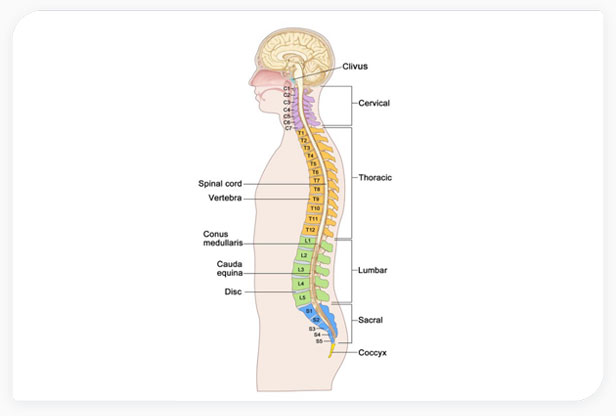
Causes, Signs And Symptoms
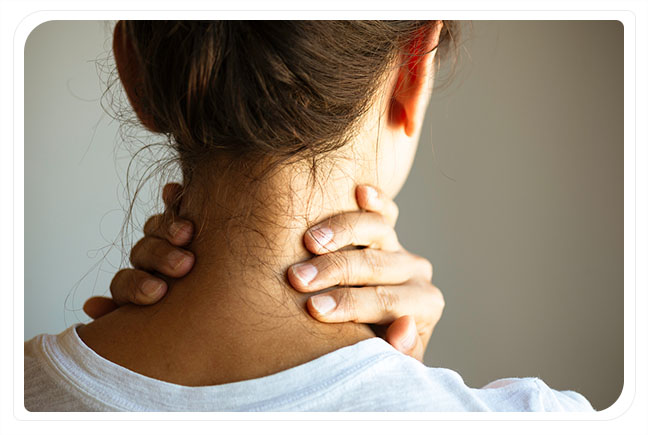
As noted above, the causes of neck pain fall into two major categories:
- Cervical djd (osteoarthritis) and related conditions: cervical spondylosis, degenerative disc disease, and herniated/bulging discs
- Nerve- and posture-related neck muscle pain.
Cervical spondylosis is a general term describing the progressive degeneration of structures in the spine that can lead to degenerative disc disease, where the fibrocartilage discs located between each vertebra in the spine degrade. This can further cause the cartilage in the facet joints of the vertebrae to become damaged leading to arthritis and cervical djd (See Figure 2).
A bulging disc in the neck can also result where a portion of the herniated disc protrudes out from between the vertebrae putting pressure on nerve roots and the spinal cord, and potentially causing severe neck, upper back, and side of neck pain.
Figure 2. Fibrous discs separate vertebra in the spine absorbing impacts of movement. Damaged discs place pressure on nerves causing neck and shoulder pain and chronic neck pain. Regenerative Medicine treatments can ease the inflammation and damage to these structures without the side effects of steroids.
Damaged discs can put pressure on nerve leaving the spinal cord causing a "pinched nerve" in the neck (cervical radiculopathy). This can lead to shoulder pain or pain/numbness radiating into the arms (See Figure 3).
Poor posture or computer work is also to blame for chronic muscle pain in the neck and shoulders by straining the muscles and ligaments supporting the neck. Improper forward head posture, forward leaning shoulders, and bend upper back increases neck pain due to imbalanced and overloaded muscles.
Figure 3. A reduction in the space for the nerves exiting the spinal cord (spinal stenosis) can cause a variety of painful neck, shoulder, and arm symptoms. Spinal stenosis is often caused by osteoarthritis of the facet joints, bone spurs, or by herniated discs.
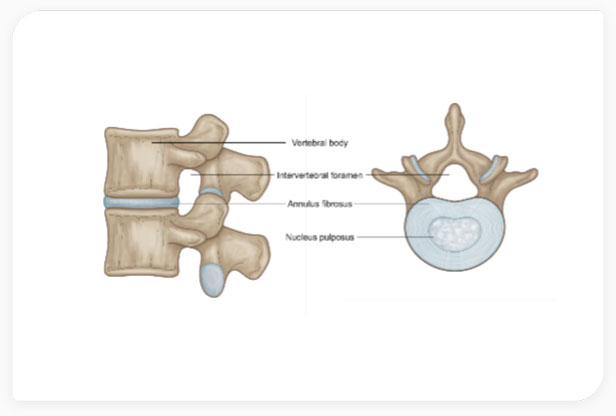

Here are several common symptoms of neck conditions:
- Pain that worsens when the head is held in certain positions typically during computer work, driving, watching TV, or during some occupations that place stress on the neck.
- Muscle spasms or chronic tightness/cramping
- Limited mobility in the neck, trouble moving side to side or up and down
- Headaches
- Pain radiating through the shoulders, between the should blades, or down the arms to the hands
- Crepitus. Cracking, crunching, or popping sounds emanating from the neck
- Stiffness in the joints due to arthritis
Causes and risk factors for neck pain (degenerative disc disease, arthritis, neck muscle pain):
- Age. 90% of those older than 60 yrs old have disc degeneration, this is normal with aging.
- Previous injury to the neck/spine.
- High job demands.
- Poor computer workstation design.
- Poor posture/poor sleep posture.
- Repetitive activities. Athletes like gymnasts more at risk, or other occupations with repetitive neck/back movements.
- Trauma. Acute traumas due to accidents injured vertebral discs.
- Smoking. Toxins from cigarette smoke can promote the drying out of discs.


Our specialists diagnose neck disease by using a multipronged approach:
- Medical History: Our doctors will ask you about the nature of your neck pain (e.g., when and under what conditions you experience neck pain). They will ask about prior surgeries, accidents, and trauma to the neck or back.
- Physical Exam: The doctor will test the neck by examining the range of motion of the neck/back, look for swelling, listen for any cracking or popping noises (crepitus), and test for muscle weakness.
- Imaging with X-Rays or MRI: X-rays and magnetic resonance imaging (MRIs) are both used to determine if there is damage to discs in the neck and surrounding tissues.
Treatment Options
The StemX clinic offers a range of customized Regenerative Medicine solutions for neck pain relief.
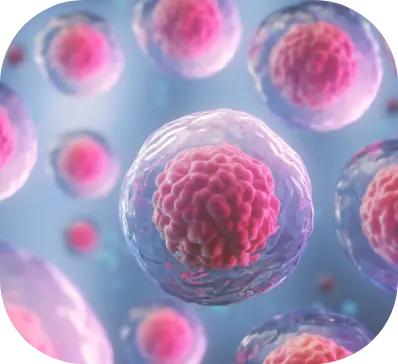

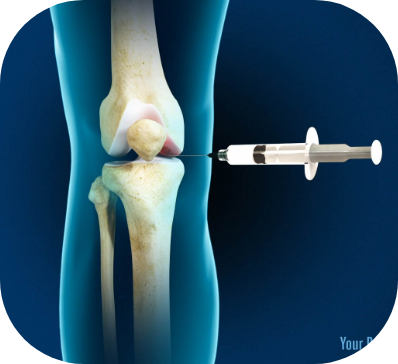
The StemX Approach
StemX is California's leading provider of holistic and regenerative medicine services. Our experts don't just offer popular treatments, but customized medical solutions based on individual needs.
Located in Solana Beach, California, the StemX clinic is composed of a team of expert doctors with years of experience administering regenerative medicine treatments for joint disease. Our team has:
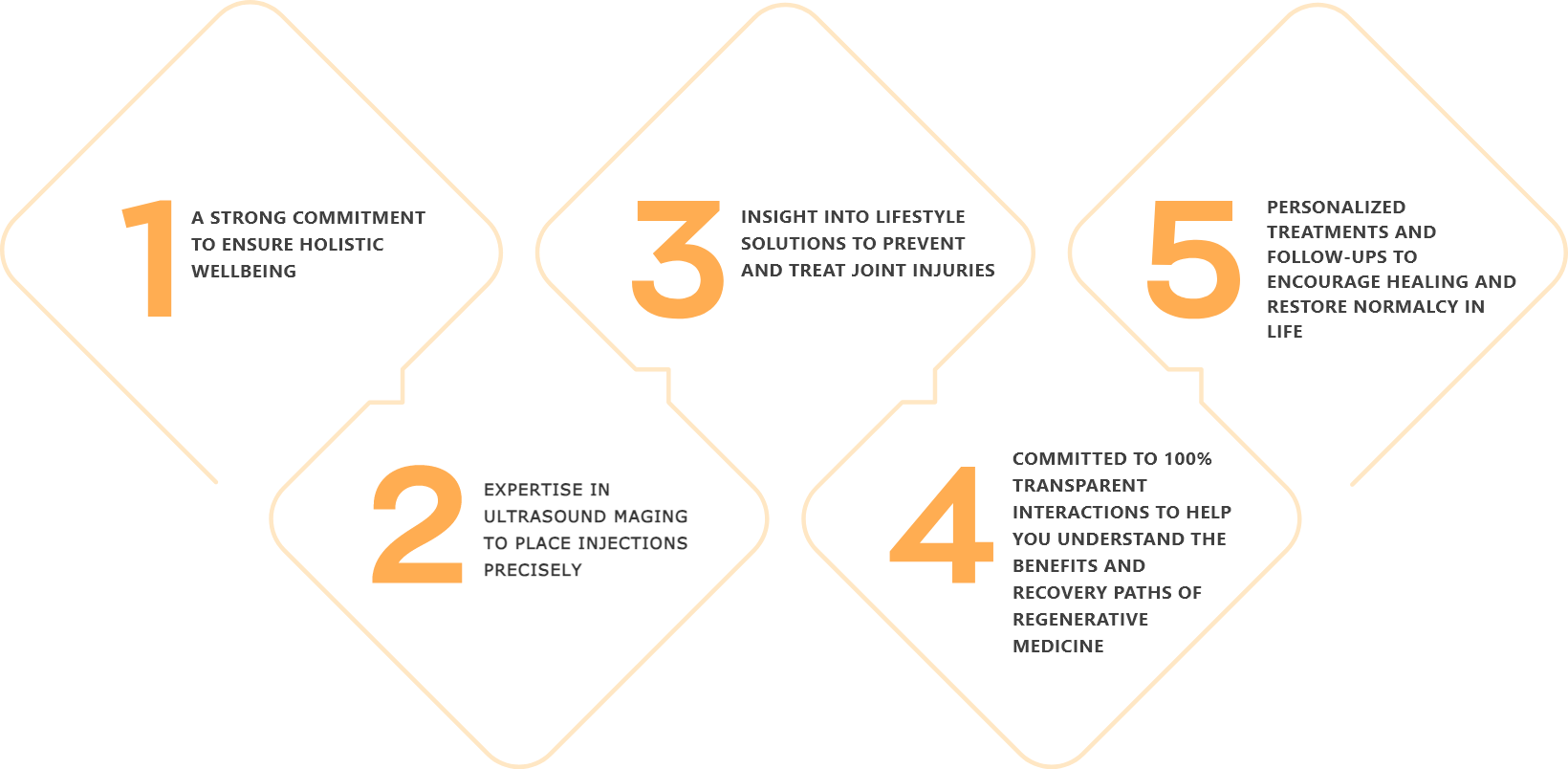

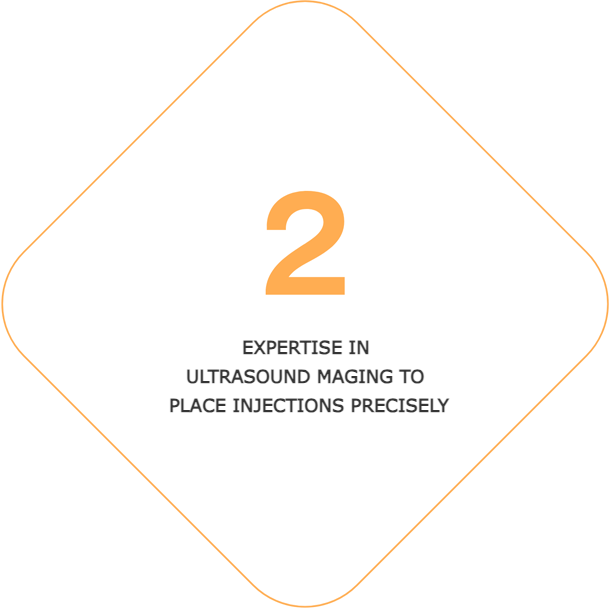
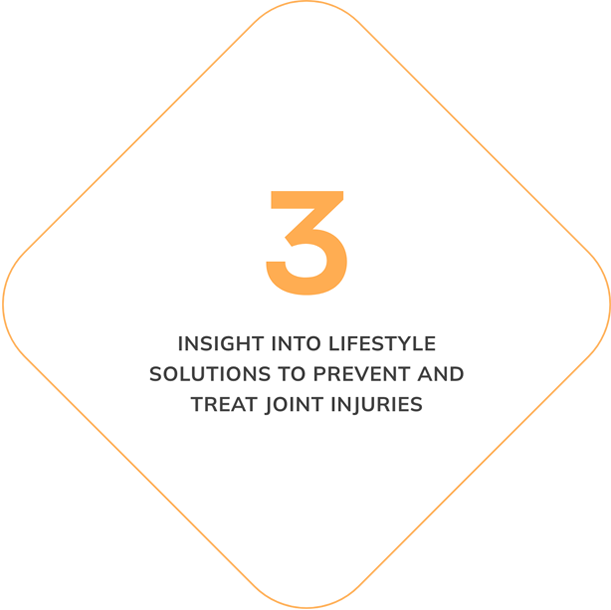
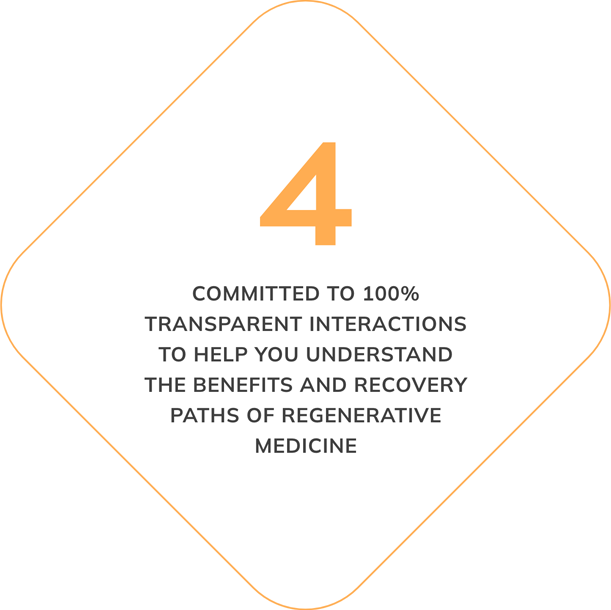
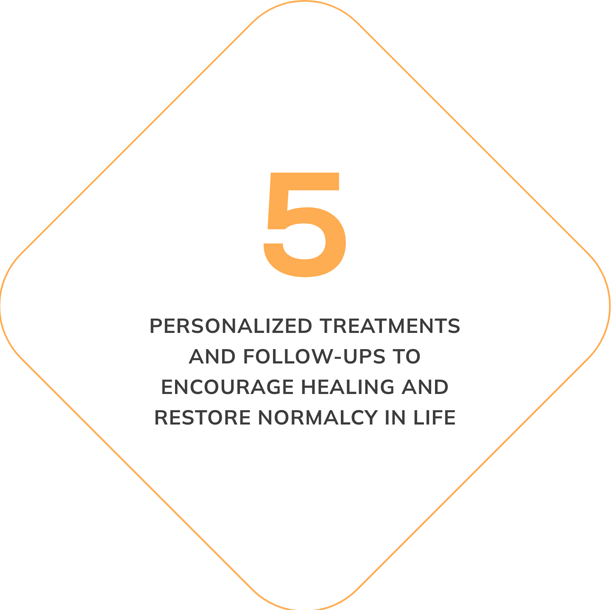
How To Get Started
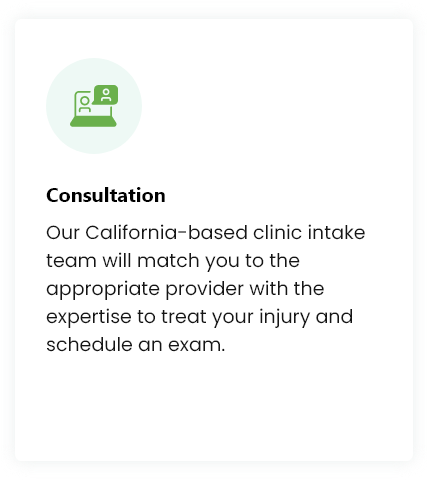



Treatment Procedure
While each treatment may be customized, you can expect your experience to be similar to the following:
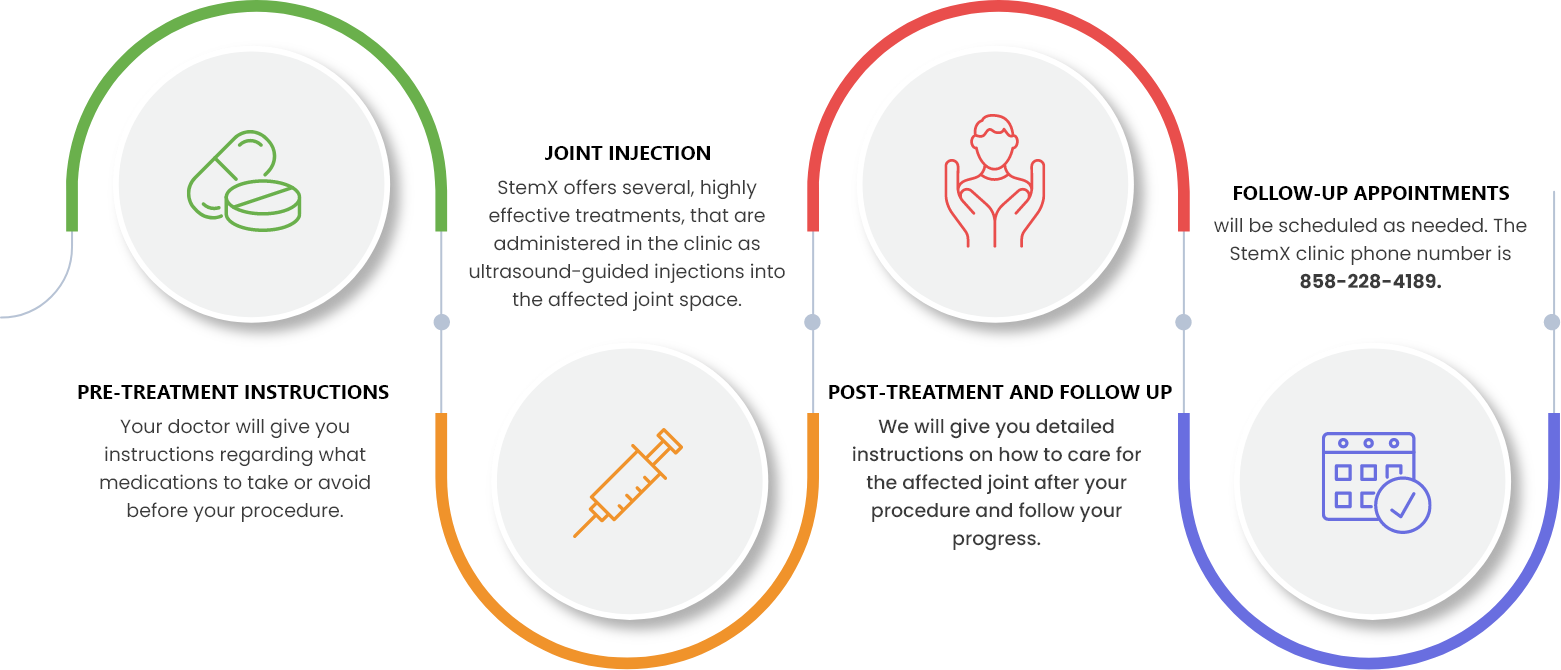
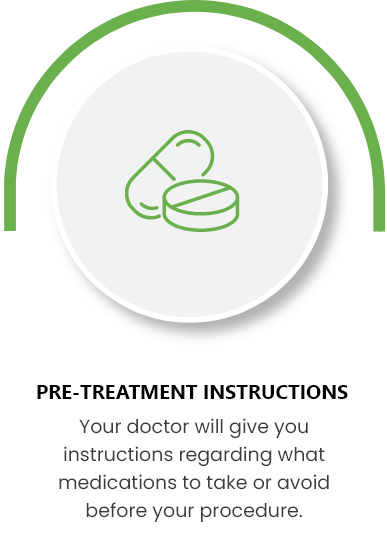
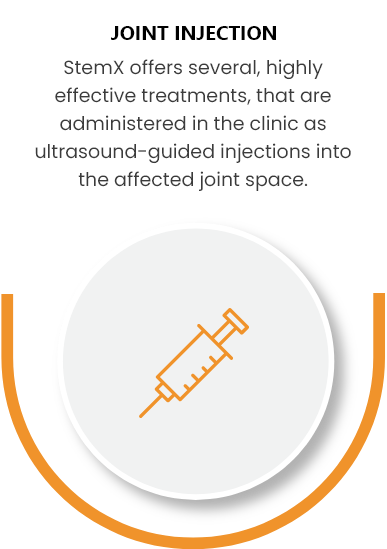
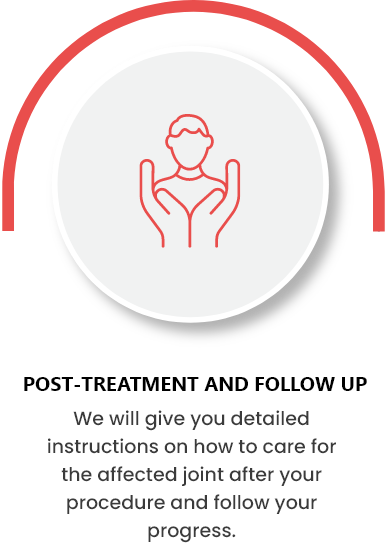
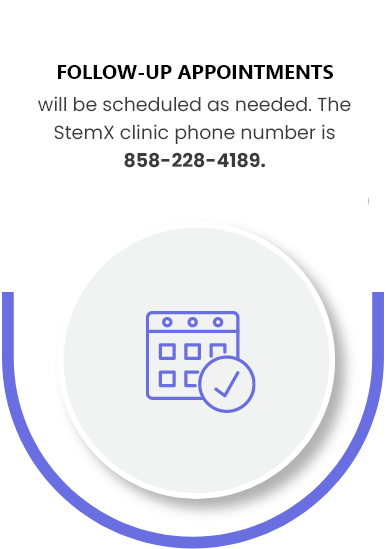
All procedures are conducted in our Solana Beach, California clinic. 124 Lomas Santa Fe Dr #206, Solana Beach, CA 92075.
Frequently Asked Questions
Cervical spondylosis can become serious if the foramen, through which the nerves travel out of the spine, become so narrow that the nerves become pinched.
Cervical spondylosis is a chronic disorder that cannot be fully cured can be treated especially with regenerative medicine approaches that are designed to prevent the condition from worsening.
Spondylosis usually results in neck and back pain that can become chronic.
It may take anywhere from 4-6 weeks for spondylosis pain to resolve. Regenerative medicine therapy along with physical therapy can hasten recovery times.



